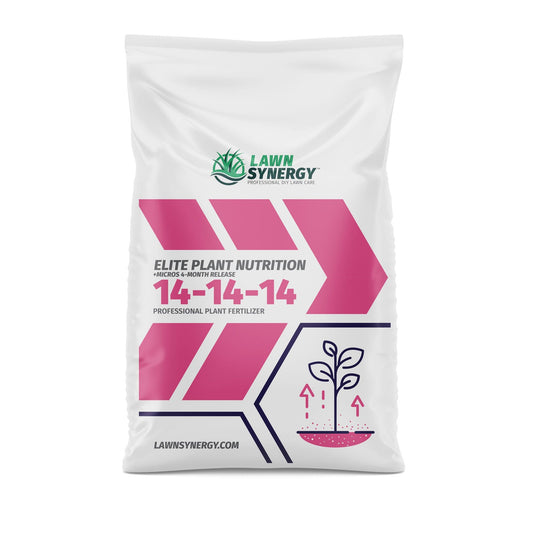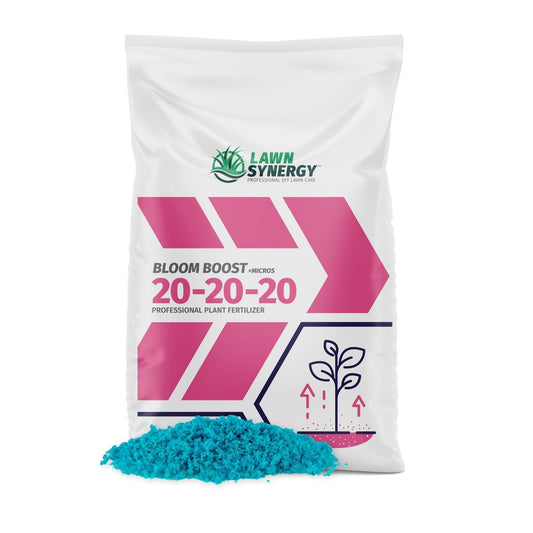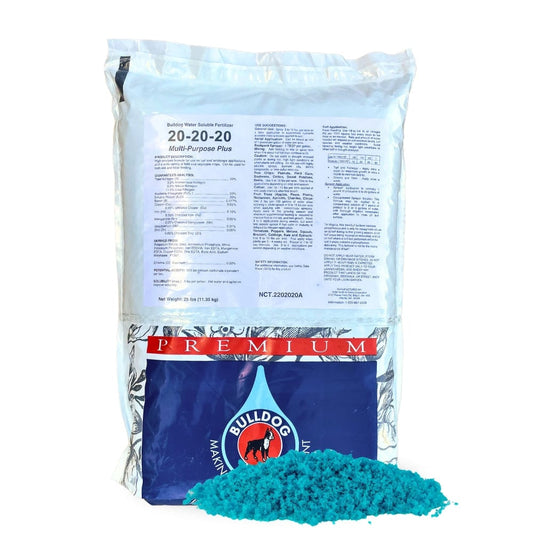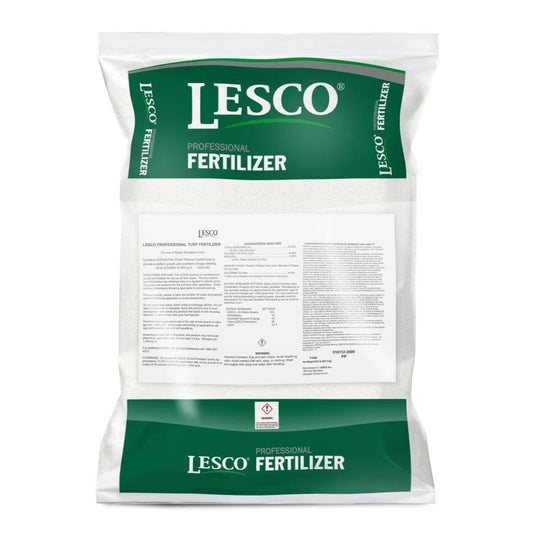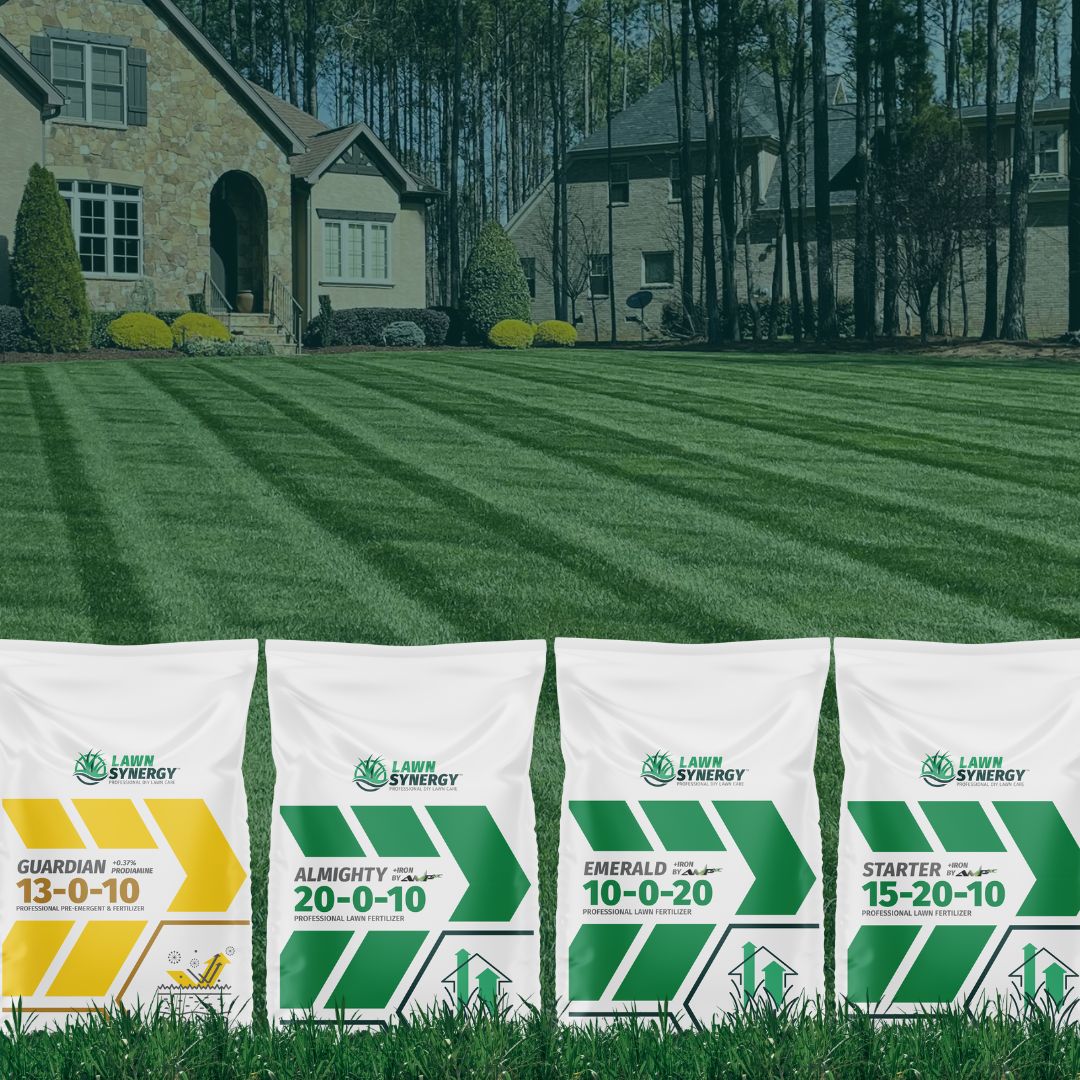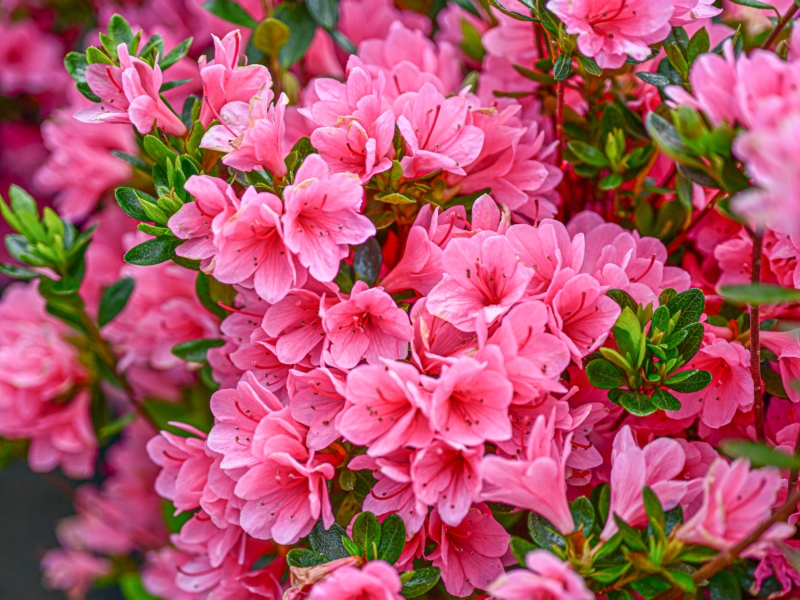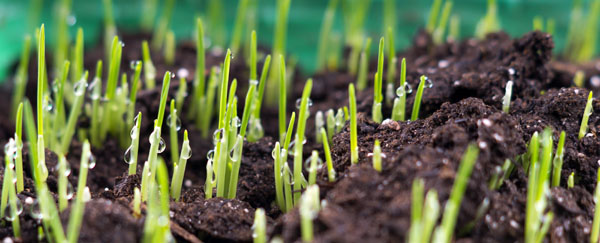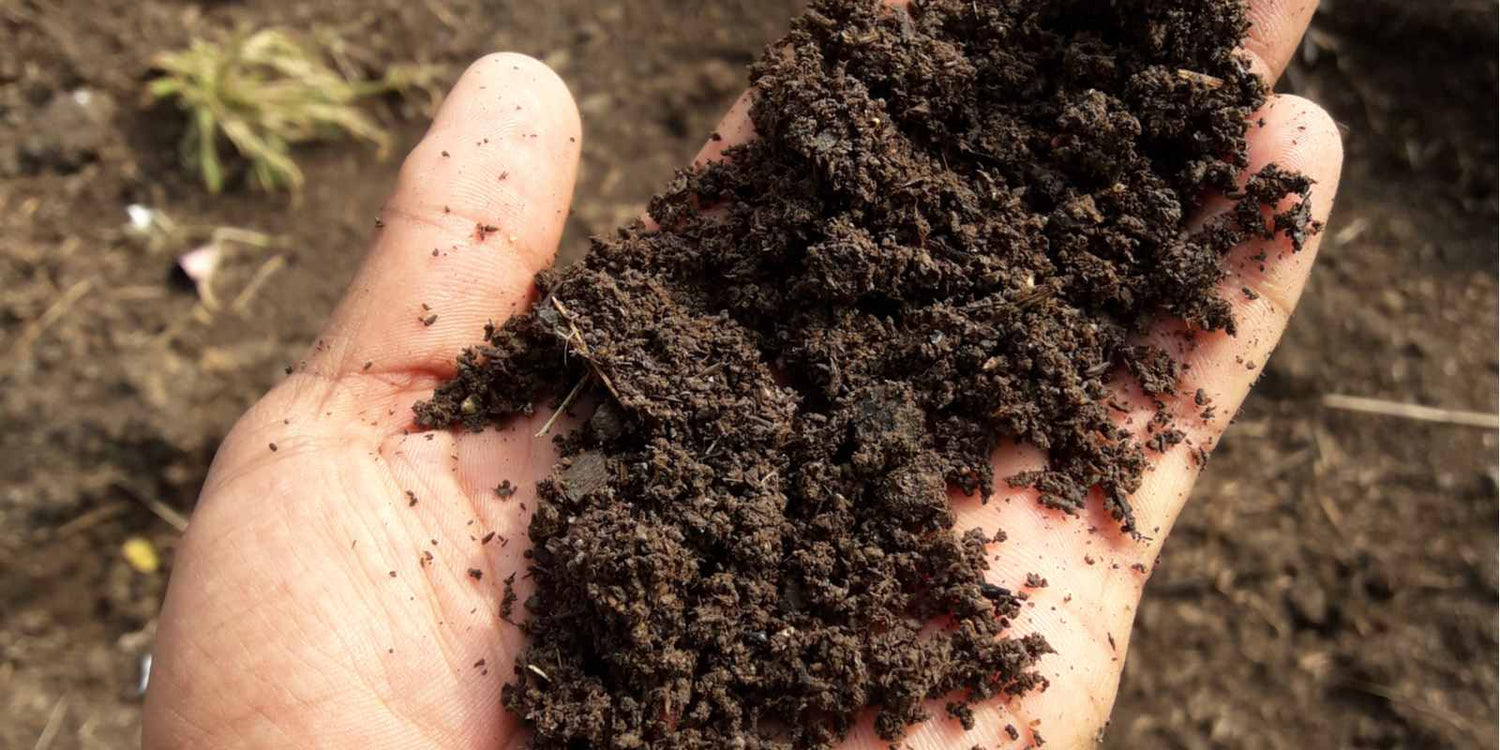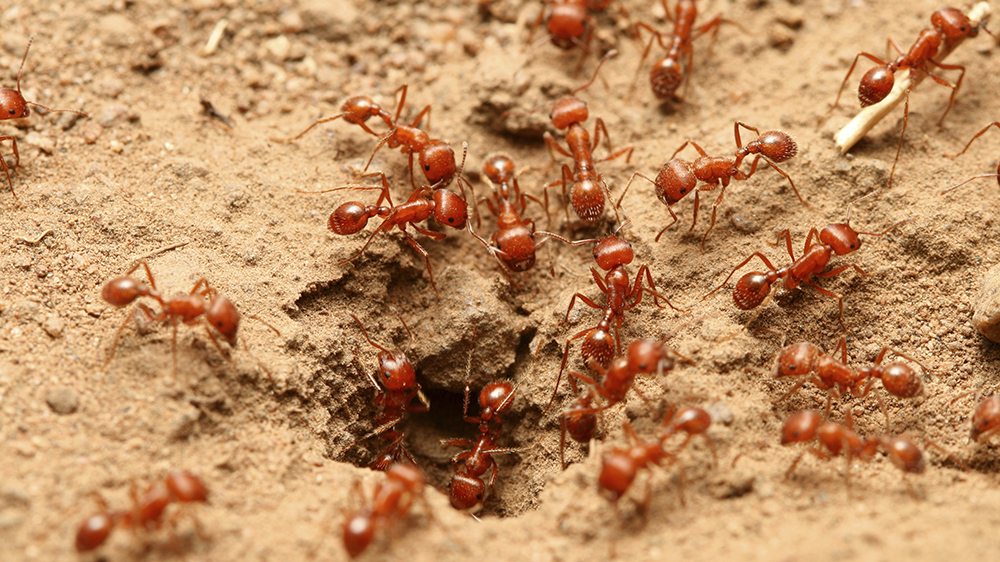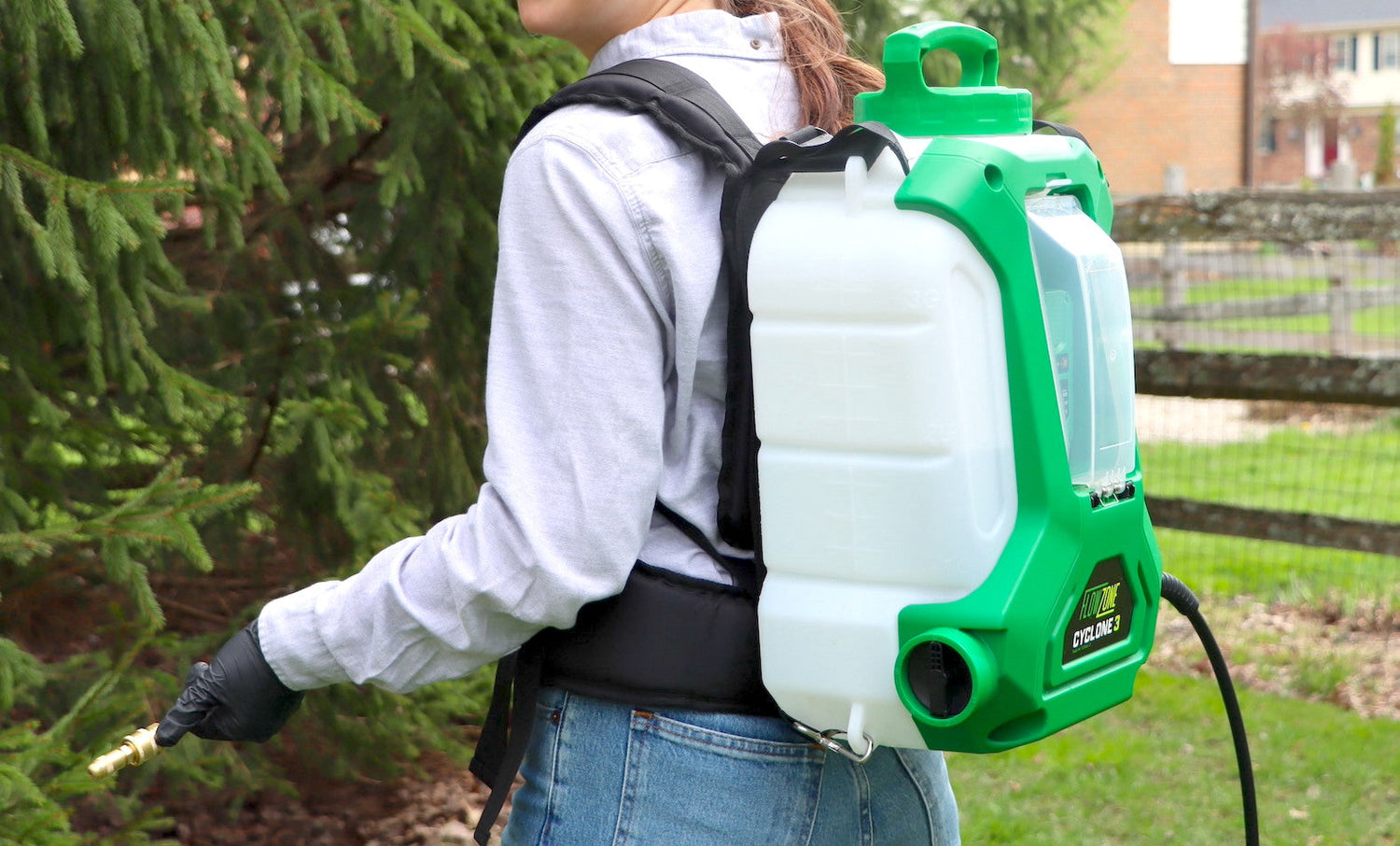Plant Fertilizer
-
Plant Fertilizer 14-14-14 Elite Nutrition
Regular price From $19.99Regular priceUnit price per -
Palm Tree Fertilizer & Tropicals Mix: 8-10-10 25% Slow Plus Micros
Regular price From $16.99Regular priceUnit price per -
BloomBoost 20-20-20 Water Soluble Fertilizer
Regular price $46.99Regular priceUnit price per -
Osmocote Fertilizer | 14-14-14 Slow-Release (3-4 Month) Classic - 50 lbs.
Regular price $152.99Regular priceUnit price per -
20-20-20 Multi-Purpose Soluble Fertilizer - 25 Lbs.
Regular price $59.99Regular priceUnit price per$67.99Sale price $59.99Sale -
Lesco 14-14-14 Plant and Ornamental Fertilizer - 40 lbs.
Regular price $89.99Regular priceUnit price per
Whether you're nurturing a garden, growing lush trees, or maintaining flowering shrubs, our products ensure that your greenery thrives with unmatched vitality.
Discover our exclusive range of garden fertilizers, meticulously engineered with precise nutrient ratios and innovative timed-release technology by Accublu. From natural plant food that caters to eco-conscious gardeners to powerful fertilizers designed for all types of plants, each product promises to enhance growth and health.
Best Fertilizer for Every Plant Type
Whether you're looking for the best plant fertilizer for your garden or specialized nutrients for your indoor plants, Lawn Synergy has you covered. Explore our collection to find the best fertilizer for garden plants, outdoor plants, and even specific needs like flowering plants and vegetables.
Types of Plant Fertilizer
There are two different types of plant fertilizer. Organic plant fertilizer and synthetic fertilizer. Both are very effective in maintaining the health and vigor of plants. At Lawn Synergy, we have created our blends to include a combination of both to take advantage of each of their benefits.
Organic Plant Fertilizer
- Derived from natural sources like plant and animal matter
- Examples: Compost, manure, bone meal, fish emulsion, seaweed extracts
- Benefits: Improves soil structure, increases microbial activity, and releases nutrients slowly
Synthetic Plant Fertilizer
- Manufactured through a chemical process
- Examples: Ammonium nitrate, urea, superphosphate, potassium chloride.
- Benefits: Provides nutrients in a readily available form, and can be precisely formulated based on the plant needs.
Forms of Plant Fertilizer
There are different forms of plant fertilizer and each form works differently and some last longer than others.
Granular Fertilizers:
- Solid particles that are spread on the soil.
- Can be slow-release or quick-release.
- Easy to store and apply.
Liquid Fertilizers:
- Nutrients dissolved in water, applied through irrigation or foliar spray.
- Rapidly absorbed by plants however typically do not last as long as granular fertilizer.
- Examples: Liquid seaweed, liquid fish emulsion, commercial liquid blends.
Water-Soluble Fertilizers:
- Dissolve completely in water and can be applied with irrigation.
- Provide immediate nutrient availability.
- Used for both soil and foliar feeding.
Slow-Release Fertilizers:
- Designed to release nutrients gradually over time.
- Examples: Coated granules, organic matter like compost.
- Reduce the risk of nutrient leaching and over-fertilization.
What Do Fertilizer Numbers Mean?
Fertilizer is composed of three main macro ingredients. Nitrogen, Phosphorus, and Potassium and in that order. For example 14-14-14 contains 14% Nitrogen, 14% Phosphorus, and 14% Potassium in the bag by weight. Also, you will find within the product label, how much of these numbers is slow-release nitrogen, and in what form.
Why Choose Lawn Synergy for Your Plant Fertilizer Needs?
At Lawn Synergy, we prioritize quality and effectiveness. Our fertilizers are made from high-quality, natural ingredients to promote healthy plant growth and vibrant gardens. Whether you're a seasoned gardener or just starting, our selection of fertilizers and plant nutrients is designed to meet all your gardening needs.
Comprehensive Plant Nutrition Solutions
Our plant fertilizers are formulated to provide comprehensive nutrition, ensuring your plants receive the right balance of nutrients for optimal growth. From natural plant food to the best plant fertilizer on the market, our products help your plants flourish.
Lawn Synergy Plant Fertilizers
14-14-14 Elite Plant Fertilizer: Created to be used on all plants, trees, and shrubs in your landscape. It's balanced ratio of macro nutrients supplied plants with all of the nutrients they need to thrive. Also, we have packed in slow-release nitrogen by Accublu which will last 120 days. To kick it up a notch, we have also added in micronutrients which greatly will enhance blooms, and other needs within the plant. Suggest applying 2 times per year.
Palm Tree Fertilizer & Tropicals 8-10-10 : Developed to correctly feed palm trees and other tropical plants. Includes 25% XCU slow-release nitrogen and micro nutrients to keep palms trees dark green and tropical plants lush and colorful. Suggest applying every 3 months.
BloomBoost 20-20-20 Soluble Fertilizer: Soluble fertilizer work much faster and are almost instant. The downfall is that they do not last as long as a slow-release granular fertilizer. BloomBoost can be applied on all annuals, perennials, vegetable gardens, indoor plants, tropicals, lawns, trees, and shrubs. It can be applied using a hose on feeder or simply mixed in a watering can. Suggest applying in 7-14 day intervals for best results.
Osmocote 14-14-14 3-4 Month: Osmocote 14-14-14 is an excellent plant fertilizer due to all of the pearls being slow-release. It is a premium plant fertilizer that can be applied around any plant. It is also a great fertilizer for container plants keeping them well fed.
Experience the Lawn Synergy difference today and see why we are the top choice for gardeners seeking the best plant fertilizer for their flora.

